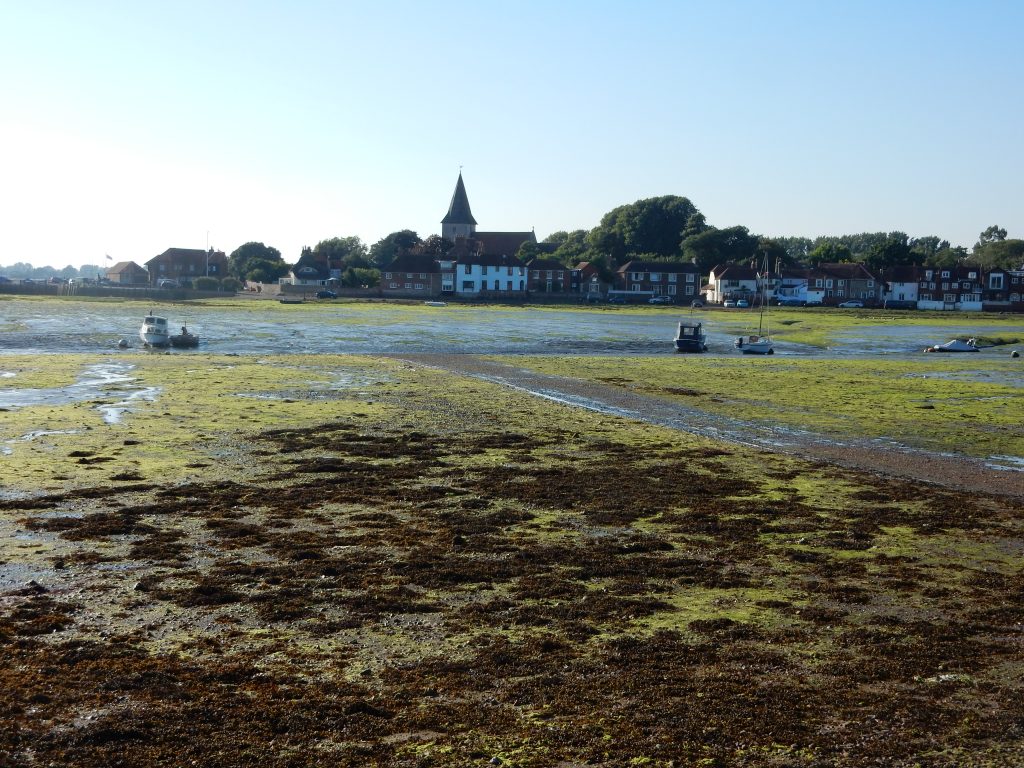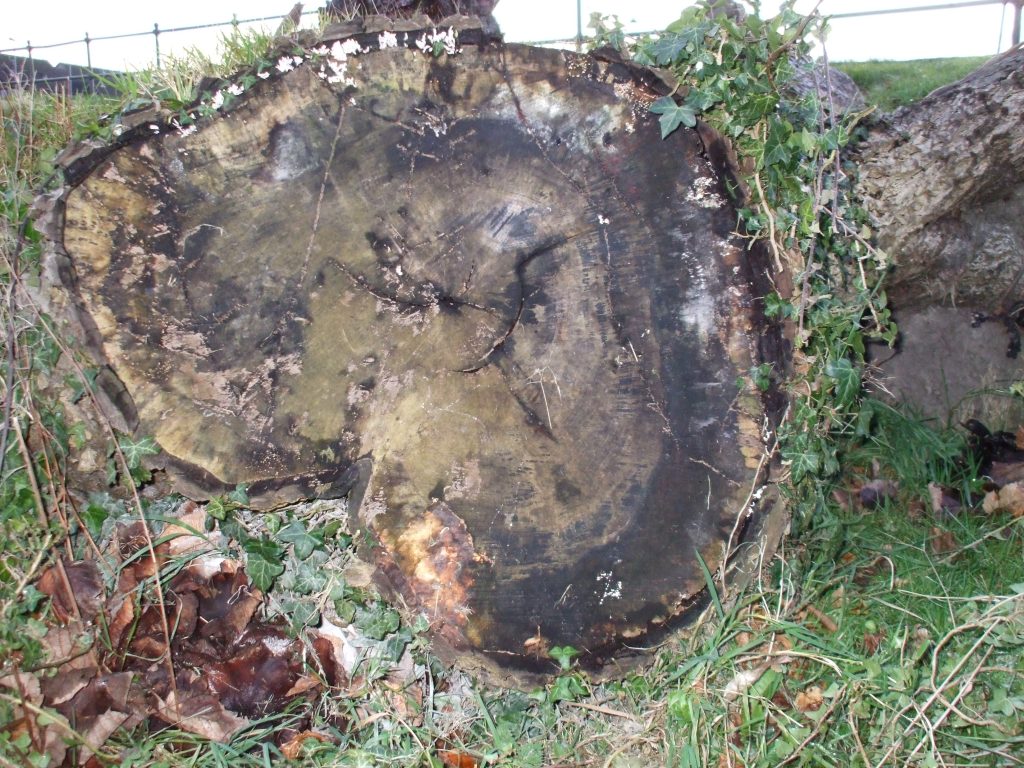We all know the story about the king who paraded with no clothes, as though everyone watching on was oblivious to the mistake. Parallels can be drawn with sources of CO2, I mean CO2 from factories versus CO2 from natural sources. There is no definitive distinguishing feature, yet in this case we are expected to be able to know the difference.
To be clear, the so-called experts claim to know if the CO2 is from fossil fuels or something else. When there is not necessarily any difference.
The bottom line is, the processes that created the isotopic signatures found in carbon from different fossil fuels are much the same processes at work today, especially in alpine plants, even fish in the sea.
I will be discussing all of this on Thursday 19th June @ 2pm Edinburgh time with geoscientist Philip Mulholland. This will be the sixth Zoom discussion in my series Towards a New Theory of Climate Resilience. You will need to register if you want to listen in for the first hour, and then in the second hour, there will be opportunity to join the discussion.
In order to register for this single session that will be at 11pm Brisbane time, ClICK HERE.
Philip Mulholland is a geophysicist who once worked with the British Geological Survey, that was long ago. He has a profile on ResearchGate (click here), where he is noted for interests spanning botany, meteorology, geology, and geophysics. He has published important research focused on geological and geophysical topics, and also more controversial work on Earth’s energy budget.
I am including a photograph of Bosham Harbour, West Sussex, that is one of Philip’s favourite places. Also following is a photograph of a felled walnut tree stump in Elgin from the North of Scotland representing his ecological Masters of Science which involved a mathematical study of tree rings from dead trees in Epping Forest, Essex.

Philip has suggested the title for this Zoom webinar be: Carbon Isotopic Fractionation Processes. There are three distinct processes:
1. Kinetic fractionation in methane formation, where microbes preferentially use ¹²C, leading to very negative δ¹³C (e.g., -60.00‰ in methane seep aragonite, citing Buckman et al., 2020).
2. Equilibrium fractionation in carbonate precipitation, where inorganic processes produce less negative or positive δ¹³C (e.g., +4.17‰ to +4.86‰ in Bahamian ooids, citing Geyman et al., 2022).
3. Biological fractionation in plants, with C3 plants (-33.00‰ to -24.00‰) showing stronger fractionation than C4 (-16.00‰ to -10.00‰) or CAM plants (-28.70‰ to -11.60‰).

The feature image is AI art from Adobe Express. How much do most of us understand about photosynthesis that is fundamental to life on Earth and only after that can we perhaps hope to understand something about biological fractionation in plants.
****
This post was edited several times within the first 12 hours, as I added clarifications and also changed and added photographs.


 Jennifer Marohasy BSc PhD is a critical thinker with expertise in the scientific method.
Jennifer Marohasy BSc PhD is a critical thinker with expertise in the scientific method.

Sorry Jenny, OT. But I’ve noticed that NASA GISS seem to have readjusted Reykjavik’s temp back to what seems to be the original v2 data in their v4 newest graph. What is happening?
https://data.giss.nasa.gov/cgi-bin/gistemp/stdata_show_v4.cgi?id=IC000004030&dt=1&ds=14
Doesn’t seem to come up. May have to enter address into browser.
******
Thanks Ian. Can you email me. jenn@jennifermarohasy.com please with the url.
Another way is to go to the nasagiss site and click on station data. A map will come up and just find Reykjavik on the Icelandic map. A box will come up so go to ‘generate data’ and this should bring up the latest v4 data graph (a lot different to the previous v4 data and more like the original v2 data prior to 2010).
So… about 4.0 degrees average 1900-1920, and 5.5 degrees average 2000-2020. No surprise there. It’s called Climate Change.
Jennifer you’ve fallen into the habit of typing C02 when you meant CO2.
Hi Jennifer
Sent requests to your email. Don’t think it went through.
David,
Thanks for showing the errors, now fixed. Perhaps if I just got the AI to write for me. :-).
And this morning straight after I hit the send button on my first post to paid subscriber at my Substack, I saw I had an apostrophe in the title that didn’t belong. Not at all.
I guess one way of getting around all of this is to just retire. :-).
In my post this morning to my paid Substack subscribers I said that I would be detailing the seven planks of my new Theory of Climate Resilience over the next six weeks. Both my daughter, and also Alex Pope, are great supporters urging that I lay it all out.
And then there is Ivan Kennedy he wants me to be writing more about TAC.
Of course, the big news, that I must soon share, with a correct headline, and with everyone is that a preprint of the paper that Ivan was sure we could get quickly published in a good journal is now at Arxiv, as a preprint.
You can download and read it here: https://arxiv.org/abs/2505.06253
This is a longer and more technical version of something written for Chemistry Australia, that alas also passed it over for publication .
The implication of this work are significant, and so it seems those in positions of power are turning away.
Shame.
I hope your webinar deals with C14 as well. https://gml.noaa.gov/education/isotopes/c14tellsus.html
From Jennifer M:
“I guess one way of getting around all of this is to just retire.”
Yep. Already have.
The smug simplicities of a Klemp (amongst many, many others) show that the Spanish experience is already voted for. Cannot be changed.
If not, then please use your energy in Substack, where life is free enough of faked moralistic posturing and intellectual effort is genuinely valued.
And thanks for the pre-print link on Arxiv.
ianl,… “smug simplicities” as you call them, are backed up by science, research, data and analysis. Unlike climate deniers, who are backed up (read funded) by the fossil the fuel industry.
Karen the folly is coming to a close.
https://notalotofpeopleknowthat.wordpress.com/2025/05/23/nz-abandon-net-zero-push/
“Unlike climate deniers, who are backed up (read funded) by the fossil the fuel industry.”
What a lazy cliché.
Following on from a typical exchange with Ferdy on a previous post for instance: climate alarmists can’t even prove the increase in atmospheric CO2 is due to human emissions; so even if you are a useful idiot gullible enough to believe in global boiling and that CO2 increase causes climate catastrophes (none of which are happening) humans are not causing the increase in CO2!
“The industrial activities that our modern civilization depends upon have raised atmospheric carbon dioxide levels by nearly 50% since 17502. This increase is due to human activities, because scientists can see a distinctive isotopic fingerprint in the atmosphere.” – NASA
You quote Ferdy well Karen: the old isotopic proof.
2.0 Calculated Estimates: Glorified Guesswork
https://carbon-budget.geologist-1011.net/
https://chiefio.wordpress.com/2009/02/25/the-trouble-with-c12-c13-ratios/
And wasn’t NASA preoccupied with DEI?
“And wasn’t NASA preoccupied with DEI?”
What does that have to do with climate change and CO2?
“What does that have to do with climate change and CO2?”
Exactly Karen.
The Politics of Climate Denial
Daniel J Soeder
Energy Futures: The Story of Fossil Fuel, Greenhouse Gas, and Climate Change, 71-96, 2025
Nearly all scientists not associated with the fossil fuel industry agree that the greenhouse gas anomaly in the Earth’s atmosphere was caused by the human burning of fossil fuels, trapping heat, warming the atmosphere, and causing climate change. Despite the preponderance of evidence supporting this phenomenon, including physical principles that have been well-understood since the nineteenth century, the fossil energy industry has steadfastly denied the reality of anthropogenic climate change. By claiming that climate data are “controversial” or “unsettled,” the industry has injected a note of uncertainty into whether or not climate action should be taken. Combined with their substantial financial support of climate-denying politicians, no action has in fact been undertaken in the ensuing 40 years since the issue was first raised, and our society is now more dependent on fossil fuels than ever. The Inflation Reduction Act passed in 2022 marks the first official attempt by the U.S. government to address climate change. The acceptance versus denial of climate change has evolved into a tribal issue that has become entrenched in blue versus red American politics.
Well done karen. You’ll be quoting the ABC next.
Enjoy the next 3 years of darkness.
https://www.facebook.com/reel/488558650276290/?s=fb_shorts_tab&stack_idx=0
Noel Degrassi,
FYI, recent 14C data (2014-2021) are shown in the following link to the Scripps CO2 Program:
https://www.scrippsco2.ucsd.edu/graphics_gallery/isotopic_data/c14_trends_going_backwards_in_time.html
Note that these data are preliminary and still subject to quality control. As such, they appear to indicate a flattening of the trend of Δ14C decline rate to near zero since 2018/2019. If correct, this would be a significant deviation from most scenario-based forecasts as published by Graven et al, 2020, for example: https://agupubs.onlinelibrary.wiley.com/doi/10.1029/2019GB006170).
Karen Klemp,
Your NOAA quote is, in my view, disingenuous as stated by NOAA. “This increase is due to human activities, because scientists can see a distinctive isotopic fingerprint in the atmosphere.” Such a “fingerprint” would be a valid description if the incremental atmospheric CO2 had an observed δ13C of circa -28‰. It does not. What’s more, scientists such as Keeling et al (2017) have had some difficulty matching the observed trend of this “distinctive isotopic fingerprint”: https://doi.org/10.1073/pnas.161924011
“Key Takeaway:
Carbon dioxide in the atmosphere warms the planet, causing climate change. Human activities have raised the atmosphere’s carbon dioxide content by 50% in less than 200 years.” – NASA
Jim Ross replies “Noel Degrassi,
FYI, recent 14C data (2014-2021) are shown in the following link to the Scripps CO2 Program:
https://www.scrippsco2.ucsd.edu/graphics_gallery/isotopic_data/c14_trends_going_backwards_in_time.html
Note that these data are preliminary and still subject to quality control. As such, they appear to indicate a flattening of the trend of Δ14C decline rate to near zero since 2018/2019.”
This seems like the old “CO2 has paused” canard (look at a small section of scattered data and claim a trend that suits your argument) . Those data you link to clearly still trend down (due to addition of fossil CO2). The most recent readings are the lowest C14 readings since 1960 . The other review you reference clearly explains this (see figure 4).
“Key Takeaway”: BS.
Anyone who believes human emissions of CO2 have caused the atmospheric increase in CO2 and consequent climate catastrophes, none of which are happening, is either a useful idiot, a grifter or a commie.
Which one are Karen?
Cohenite, you should ask expert climate scientists from NASA.
NASA will be eating humble pie when Jennifers theory is published.